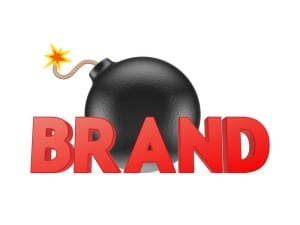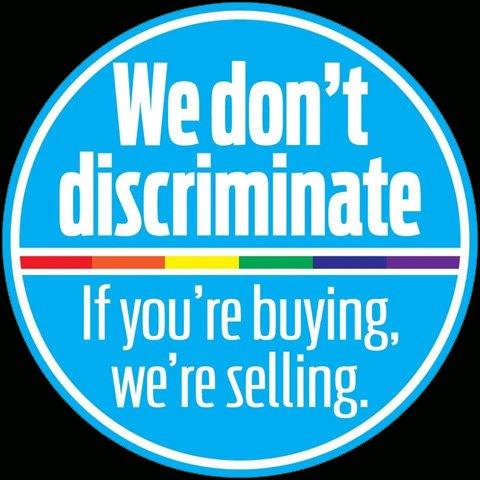 This year, many people were shocked at the incursion of Black Friday sales into Thanksgiving Day itself. They thought the Thanksgiving holiday should remain a time for family and friends to gather together to share appreciation and gratitude. But not for shopping. Nevertheless, the big box stores, in their ever-increasing desire to boost sales, even if it meant “cheapening” a somewhat sacred national day of thanks, opened on Thanksgiving Day. Some even referred to Thanksgiving as “Gray Thursday.”
This year, many people were shocked at the incursion of Black Friday sales into Thanksgiving Day itself. They thought the Thanksgiving holiday should remain a time for family and friends to gather together to share appreciation and gratitude. But not for shopping. Nevertheless, the big box stores, in their ever-increasing desire to boost sales, even if it meant “cheapening” a somewhat sacred national day of thanks, opened on Thanksgiving Day. Some even referred to Thanksgiving as “Gray Thursday.”
Did an extra few hours of sales result in additional profits from a retail sales standpoint?
According to the retail industry research firm ShopperTrak, bricks-and-mortar store sales for both Thanksgiving Day and the day after were up 2.3%, much less than expected. But sales for Black Friday itself fell 13.2% from 2012. So what happened?
Many analysts believe Thanksgiving stole sales normally attributed to Black Friday without adding to overall sales for the weekend. This was contrary to the common hypothesis of many corporate marketing and accounting departments. This hypothesis tends to say, “If you’re making this much profits during this amount of time, and you expand the timeframe, you will see this much more profits. Just do the math!” That assumption is based on the concept that sales will remain the same no matter how widely you spread out the sales opportunities.
Black Friday has become its own “brand.” Its promise is, “This is the day after Thanksgiving, the beginning of the Christmas shopping season.”
By extending the Black Friday sales principle into Thanksgiving Day, the box stores broke several brand building rules:
- Don’t break your brand promise. In this case, they diluted the urgency and concentration of shoppers on Black Friday, making that day less “special.”
- Don’t exceed your brand width. More is not necessarily better. No matter what your number crunchers tell you, there is not an unlimited amount of potential sales out there just waiting for you to expand your hours or your offerings.
- Don’t compete with other well-established events. Work in harmony, not in confrontation, with the expectations of your customers.
More is not necessarily better
We see this all the time. Companies, organizations, and producers trying to increase sales by exceeding their brand width. Typically, it’s with too many offerings. They think, “If we just have more offerings, we will make more money.” While that may be true to a certain point, the danger is that you begin to exceed the mindshare of your salespeople, the capacity of your distributor, the shelf space of your retailer, and the loyalty of your core customers. They all tend to become confused and discouraged, which damages your brand integrity.
It’s so easy to simply divide your existing sales by the number of current offerings and assume that a new offering will ipso-facto increase your sales by that incremental amount. Don’t believe it! Ask your salespeople before you extend your line or open for longer hours. They are the ones who are most acutely aware of the limits of your brand width. They have a better take than you, your accountants, or your marketing people of what the capacity truly is for your customers.
If increased profits are your goal, ask your salespeople for their suggestions. We found that we were most successful in building our brand by elevating our salespeople to the point of advising our marketing and production people. Every time we gave into the “math,” we just increased our overhead and sold less per existing offering. Just like the big box stores discovered on Black Friday, more is not necessarily better!


